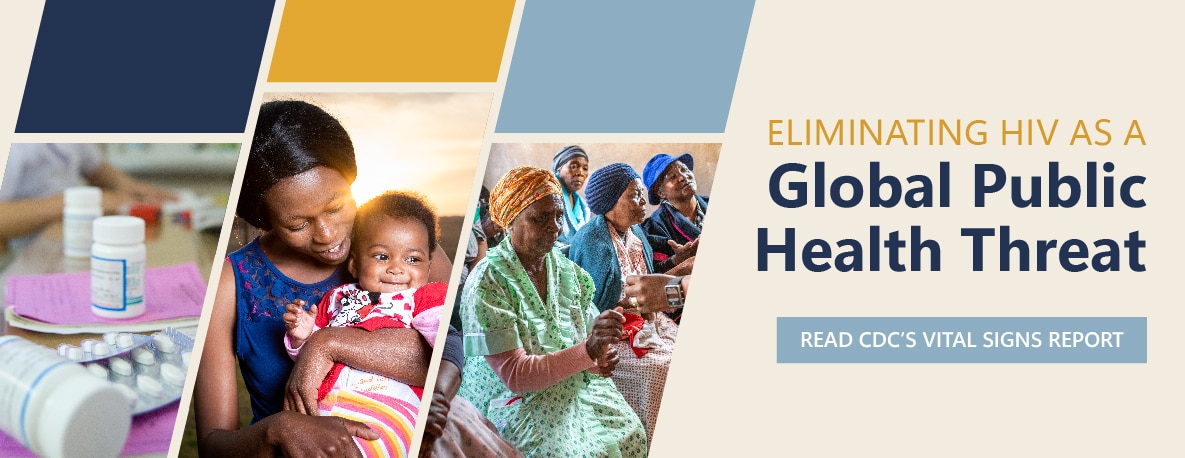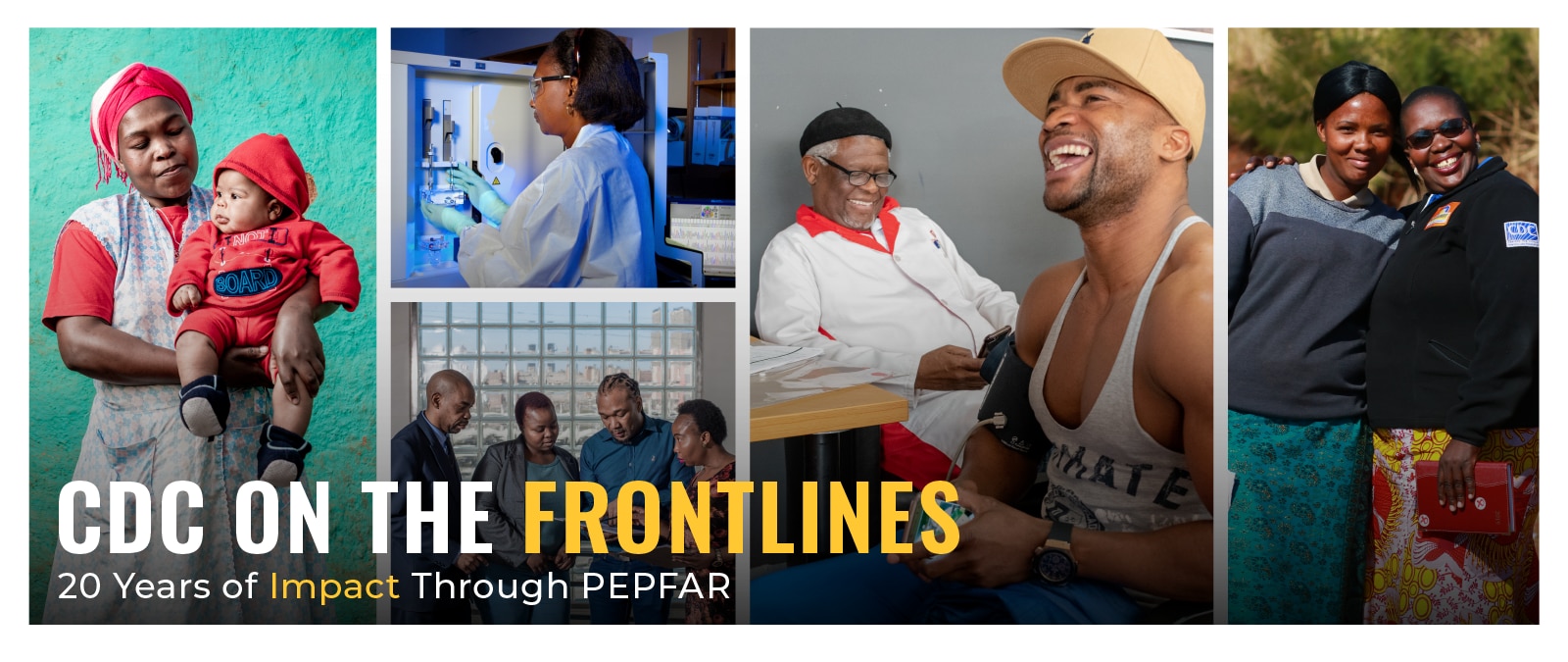Burma Country Profile

Myanmar (Burma) Country Profile
Discover more about CDC’s work in Burma by viewing our detailed country profile
Country Overview
CDC’s office in Myanmar was established in 2015 and supports the country’s National AIDS Program, the National Health Laboratory, and other partners to develop strategies and guidelines for HIV/AIDS prevention and treatment and strengthen surveillance and laboratory systems. In addition to strengthening Myanmar’s national HIV programs, CDC supports Myanmar to address its tuberculosis (TB) epidemic through health systems strenghtening.
Per Capita GNI
$1,210
(2022)
Population (million)
54.17
(2022)
Under 5 Mortality
41.8/1,000 Live Births
(2021)
Life Expectancy
65.7 Years
(2021)
Estimated HIV Prevalence
0.9%
(Ages 15-49): (2022)
Estimated AIDS Deaths
5,900
(Age≥15) (2022)
TB Treatment Success Rate
87%
(2020)
Estimated TB Incidence
360/100,000
(2021)
Estimated Orphans Due to AIDS
110,000
(2022)
TB patients with known HIV-status who are HIV-positive
7.1%
(2021)
Reported Number Receiving Antiretroviral Therapy (ART)
202,343
(Age≥15) (2022)
Strategic Focus
Strengthening Public Health Systems
The U.S. Centers for Disease Control and Prevention (CDC) office was formally established at the U.S. Embassy in Yangon, Myanmar in January 2015.
CDC supports Myanmar’s focused approach to achieving its 95-95-95 targets by 2030: 95% of people with HIV are diagnosed, 95% of them receive ART, and 95% of them are virally suppressed. Through the U.S. President’s Emergency Plan for AIDS Relief (PEPFAR), CDC supports the National AIDS Program, the National Health Laboratory, and other partners to develop strategies and operational guidelines for HIV/AIDS prevention and treatment and strengthen surveillance systems and laboratory systems.
In addition to strengthening Myanmar’s national HIV programs, CDC supports Myanmar in its efforts to address its tuberculosis (TB) epidemic, and strengthening of its weak health systems through critical initiatives such as the upcoming launches of the Field Epidemiology Training Program, and the Myanmar-CDC.
Key Activities and Accomplishments
HIV
• CDC PEPFAR support in Myanmar focuses on technical assistance and targeted support to improve the clinical cascades for HIV prevention, testing and treatment, including key populations affected by high HIV prevalence or ongoing high-risk behaviors, and limited access to HIV services.
• Working in close collaboration with the Ministry of Health and Sports and other partners, CDC provides technical assistance to develop national strategies to increase the yield of HIV testing (number of cases detected), increase early enrollment in treatment, and achieve high rates of retention in treatment services including ensuring viral load suppression and TB prevention, diagnosis and therapy.
• CDC has provided technical support to develop the HIV Testing Guidelines and update the HIV Treatment Guidelines in Myanmar, including the transition to Test and Start for all persons living with HIV (PLHIV) in 2017.
• CDC-Myanmar is working with key partners (National AIDS Program, National Health Laboratory) to strengthen HIV testing quality control systems, building capacity for national scale-up of routine HIV viral load testing, through training on viral load testing and monitoring to optimally curb the transmission of HIV from PLHIV on antiretroviral treatment (ART).
• CDC is providing technical assistance to support key populations surveillance and collection and use of data to inform program monitoring and planning at national and sub national levels.
Tuberculosis
CDC is working with the Japan International Cooperation Agency (JICA), CDC-Vietnam and the Ministry of Health and Sports (MoHS) to help build capacity for a national GeneXpert quality control program,
TB Prevalence Survey: CDC is providing technical support to the MoHs and implementing partners for the design of the protocol and data collection tools as well as on-site support for implementation of the national tuberculosis prevalence survey.

Amplifying U=U Message Through Social Media
Timely diagnosis of HIV infection and sustained antiretroviral treatment (ART) increases the quality of life for a person living with HIV and prevents the spread of the virus. For a person living with HIV, starting on ART is the first step towards achieving viral load suppression – a reduction of HIV in the body to undetectable levels.

Vital Signs: Global HIV Communications Toolkit
In 2003, the U.S. President’s Emergency Plan for AIDS Relief, or PEPFAR, was announced. When it was launched, PEPFAR became the largest commitment by any nation to address a single disease in history. At the time, HIV was a global crisis, devastating families, communities, and economies worldwide—particularly in sub-Saharan African countries.

CDC On the Frontlines
Over the past 20 years, the U.S. President’s Emergency Plan for AIDS Relief (PEPFAR) has saved millions of lives as a leader in the global response to two of the world’s deadliest infectious diseases – HIV and TB. As a key implementing agency of the U.S. President’s Emergency Plan for AIDS Relief (PEPFAR), CDC is at the forefront of these global efforts to treat and prevent these diseases.